I always cover the seeds I plant, to prevent the birds from eating them, but also keep the rodents, squirrels, and other wildlife large and small from digging the seeds out and eating them.
Prevent birds from eating seeds by covering the seeds or soil in which the seeds have been sowed by covering them with netting, burlap, carton, newspaper sheets, straw, or wood. If the seeds have been covered with a material that does not let the light and air in and is heavy, uncover them once the seeds have sprouted as the sprouted seeds will need light, air, and space to grow.
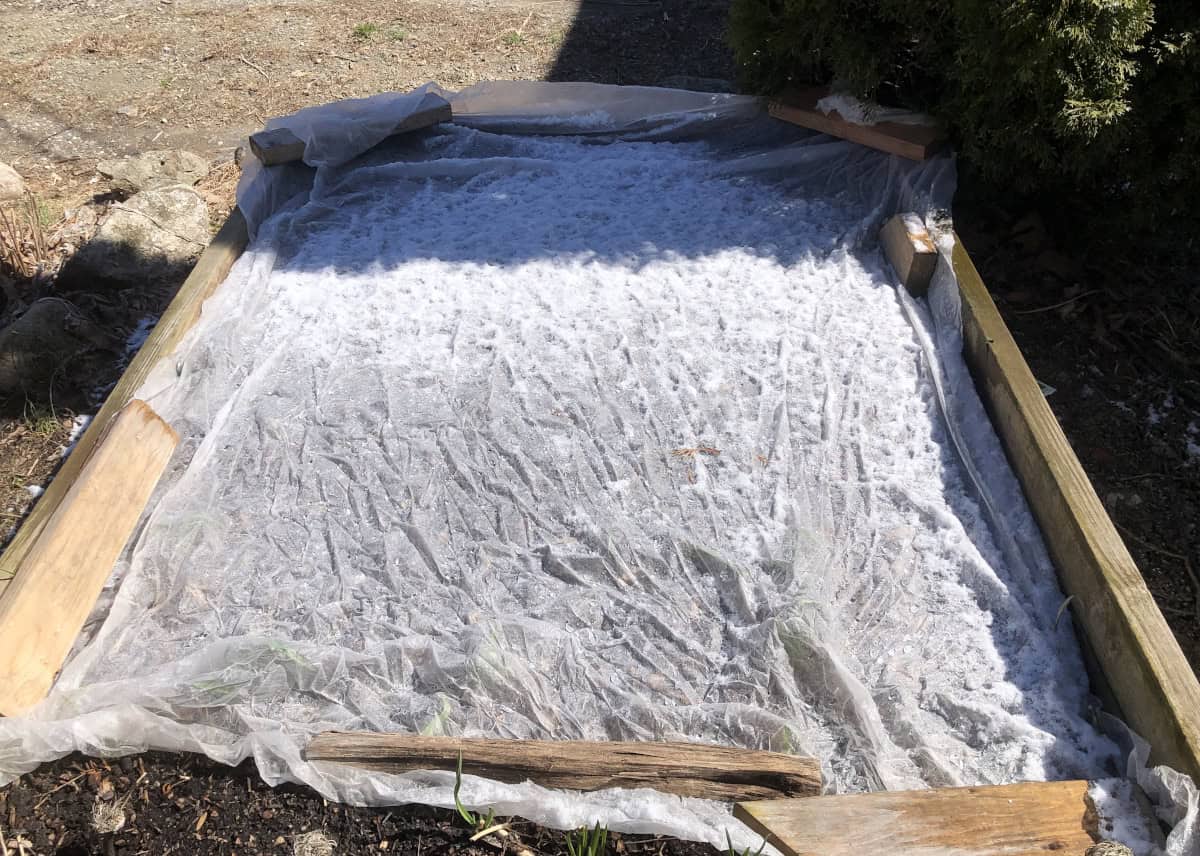
I cover freshly sowed seeds with this frost cover fabric if I sow seeds in early spring, or late autumn when the temperatures are low and I need to keep the soil warm for the seeds to sprout quickly. This frost cover is lightweight and lets water, air, and light in. It protects my seeds while it allows all the necessary elements in for the seeds to sprout and grow healthy. In case cool temperatures occur or drop below freezing point, especially at night, it keeps the seeds warm and frost out.
Once the temperatures are warm, I use this garden netting to cover the seeds. This garden netting is lightweight, and transparent, and lets water, air, and sun in, but keeps the pests and wildlife out. It is perfect for spring, summer, and autumn when the temperatures are already warm, as this netting will not increase the warmth of the soil but provides the needed protection for the whole growing season. The eyes in the netting are so small that no insect gets in.
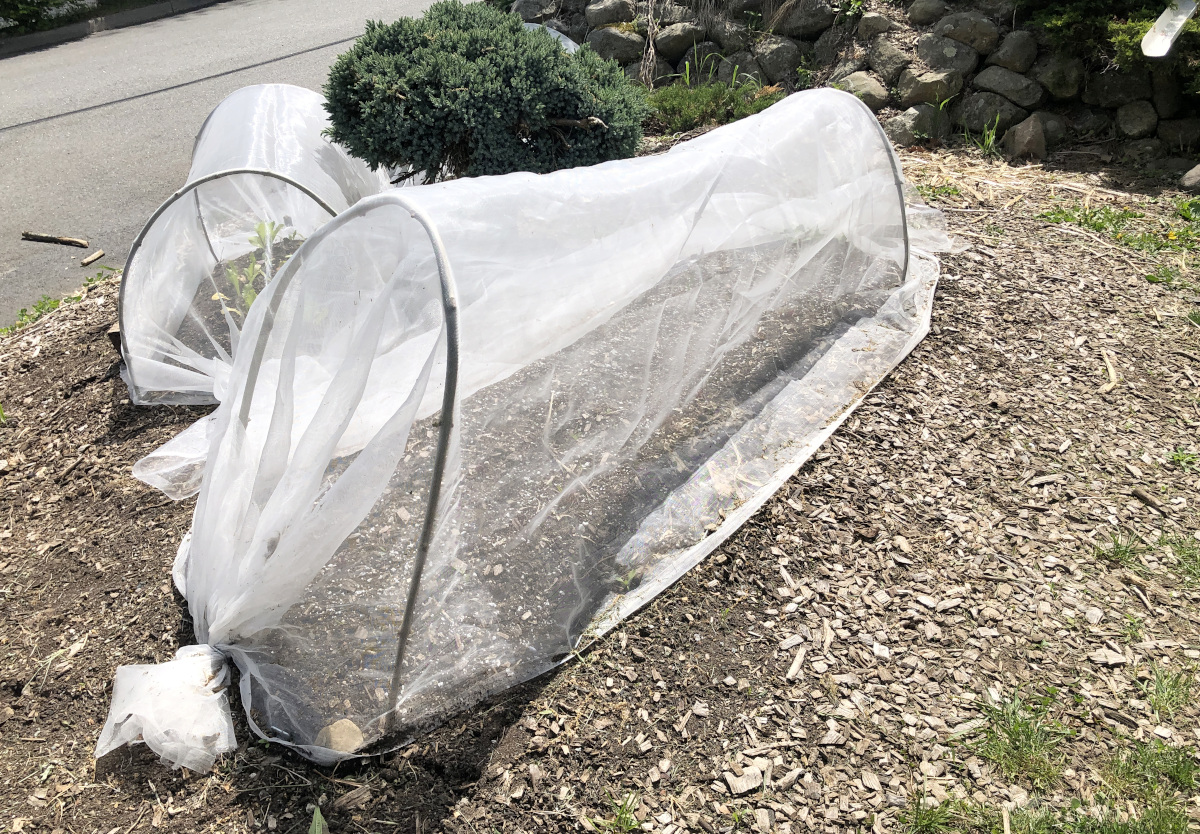
TIP: Always get the frost cover fabric and garden netting in bulk. The smaller size you buy the more expensive it gets. The larger the size, the less it costs per foot. One large size of the netting or cover will go a long way and you can reuse them season after season if you care and store them over winter properly. Both, the netting and the frost cover I have had for 3 seasons now and they are in very good shape. I will definitely get even more seasons out of them.
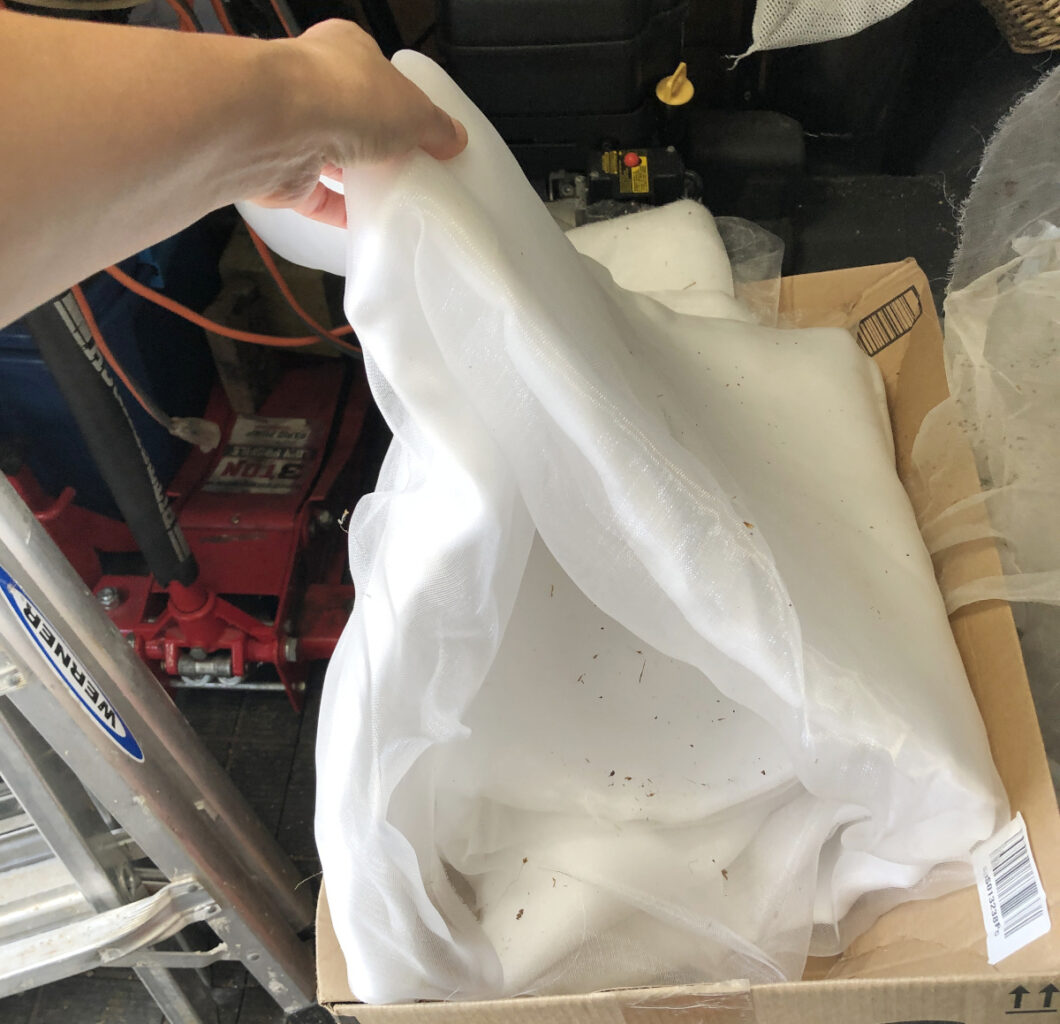
If you have bulk covers, then you don’t have to worry when you need something to be covered knowing you have enough of it in the shed or tucked in somewhere. Once I ran out of the netting in spring, and I wasted about 2 weeks till the new one arrived and planted my Chinese cabbage late because I did not have the netting to cover it. My cabbage bolted and most of it was wasted because the weather got too warm and the seedlings too stuffy.
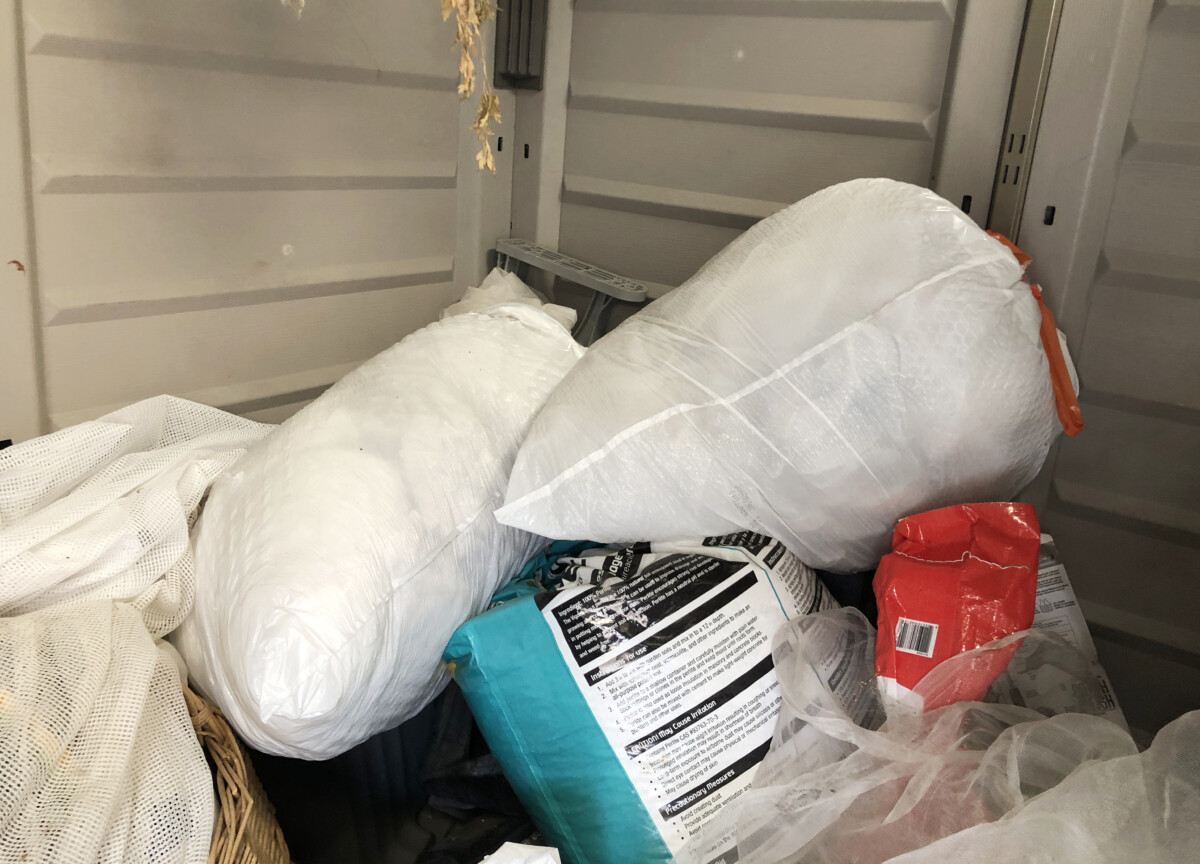
Will decoys keep the birds from eating seed?
Most likely not. Birds, and pests in general are smart. They will come back, again and again, to test if the decoy is real. Once they find out it does no harm to them, they will eat your seeds. The best way is to cover the seeds if you want to be sure they will not get eaten by the birds. When using a decoy, the seeds are still uncovered and therefore vulnerable and exposed for the birds to eat them.
Do I need to create a physical barrier in my vegetable garden to keep the pests away?
Yes, you do need a physical barrier in the garden to protect your vegetables and keep the pests away. While each gardener fights different pests for different fruit and vegetables the most reliable protection is to create a physical barrier to keep the pests away.
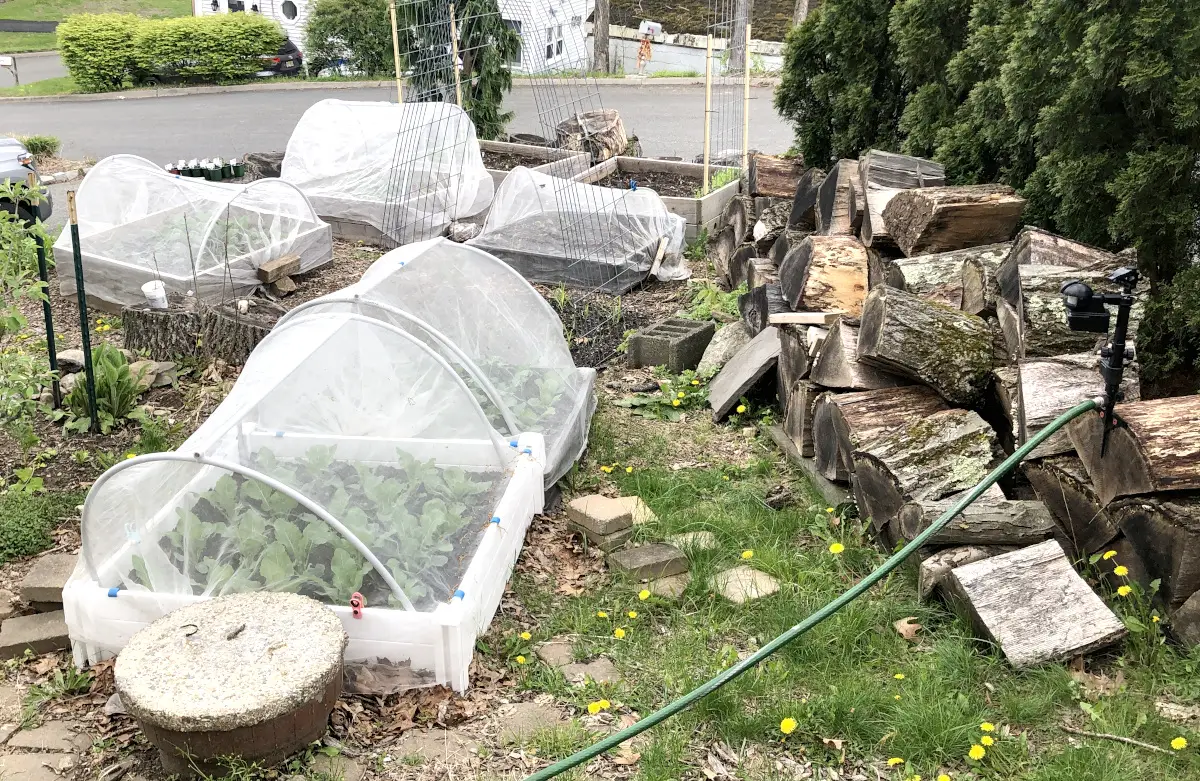
There are plenty of articles, photos, videos or decoys, noise deterrents, deterring plants, and other, in my opinion, funny things in the garden that will most likely not keep any pests away for a long time. Also remember, that while some deterrents might for one kind of pest, they might not work for the other.
Animals are very smart and they will test, and come again to find out if the decoy is real, get used to the noise, and will find their way around those deterring plants and get your seed and crop.
Have you ever seen a decoy and a squirrel or a bird sitting next to it? I am sure you did. Have you ever seen a noise deterrent for squirrels and saw squirrels walking right by as if nothing was happening? I am sure you did and we all had a good laugh.
While some decoys and deterrents might work, they might work temporarily, or only on some pests that these are targeted for. But they will not work on all the pests. Decoy predator birds might work to deter some birds, but they most likely will not prevent mice, chipmunks, squirrels, or from eating your seeds. They will not prevent slugs from eating your lettuce, or cabbage moth from laying eggs on your brassicas.
The best and the most effective way to protect your garden is to create a physical barrier.
A GOOD READ: How to protect vegetable garden beds
TIP: Always inspect your garden if the seeds are still there. If you see holes or the seeds are not sprouting for a long time, something is getting into them and eating them. As you inspect your growing space, figure out what is eating the seeds and how to prevent it. There are pests that come from down underground that eat the seeds. To prevent those from down under or at ground level, you can use large transparent plastic cups. Cut the bottom of the cup, and stick it around the seeds or young seedlings about 3 inches deep. These will create a barrier that will help prevent the pests from getting into your seeds/seedlings and a slippery surface to climb on, especially for small bugs, insects, cutworms, and such.
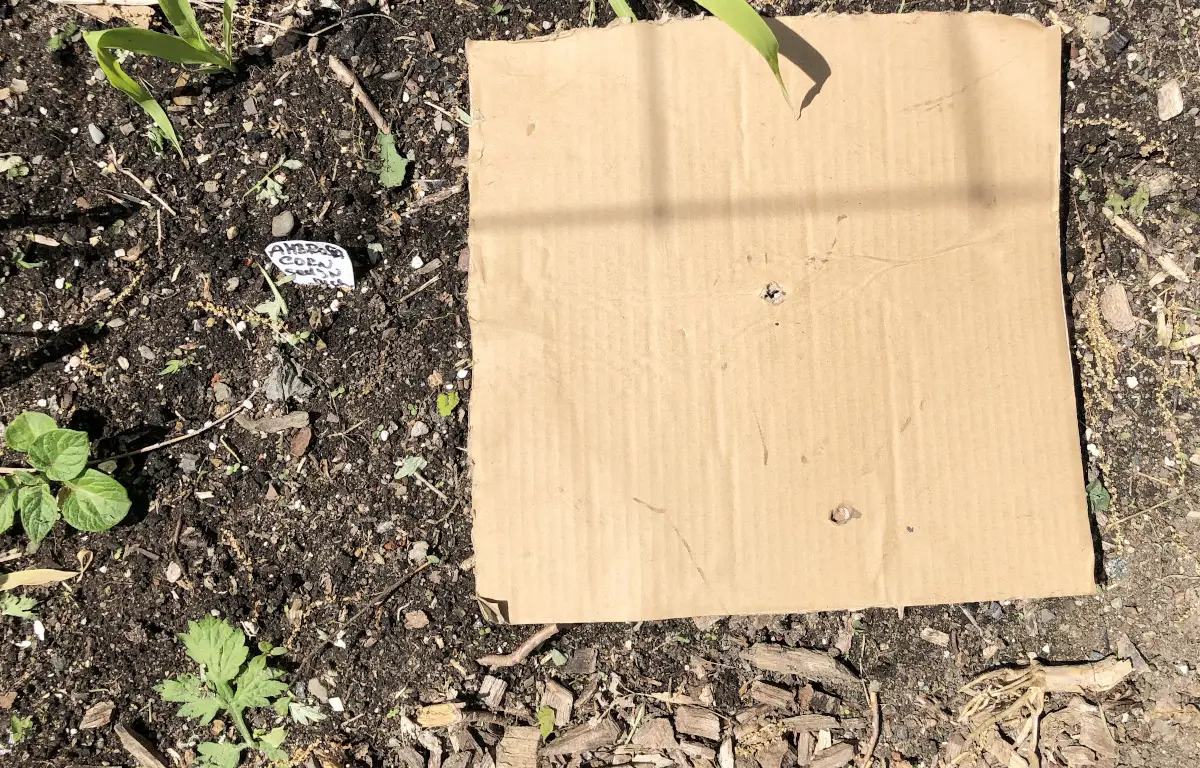
The best way to start seeds outside

